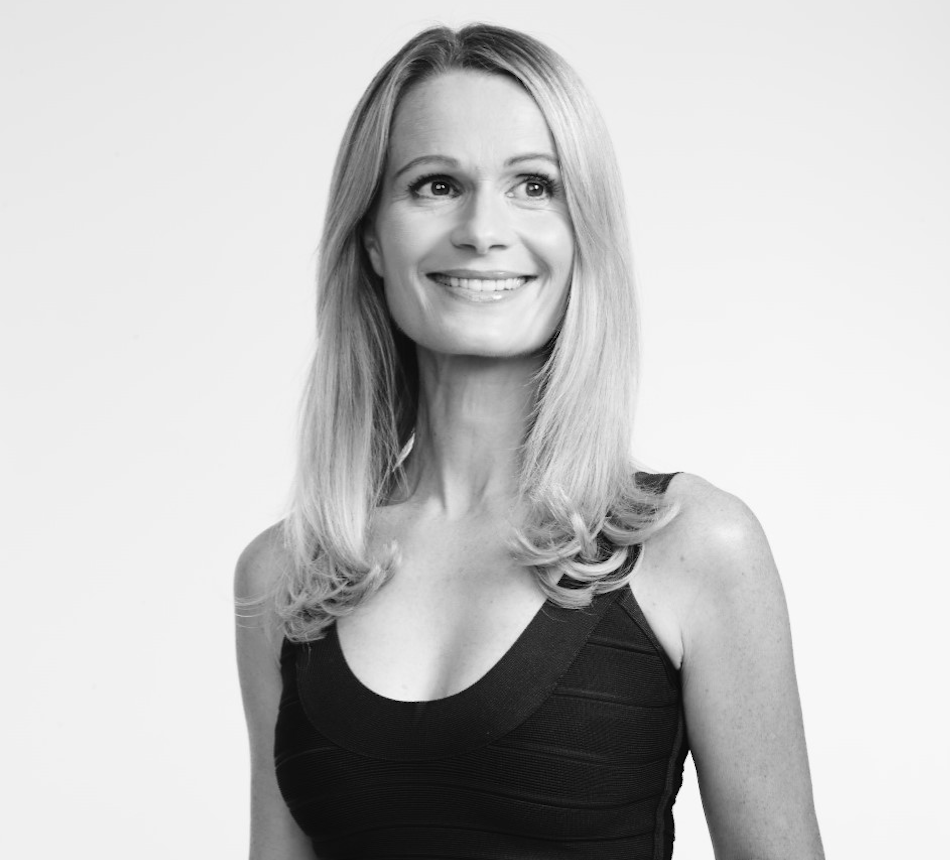How Can We Embrace The Change That Menopause Brings To Our Lives?

The menopause is the name given to the time in a woman’s life, after menstrual periods have stopped. Each woman’s experience of the menopause can differ, as can the symptoms that occur in the time leading up to it. In some women, periods become less frequent gradually, and in others they can stop suddenly.
The changes and symptoms associated with the menopause vary between individuals, and can take place for several months or years in a period of time often referred to as the perimenopause. Menopausal symptoms may continue for around 4 years after the last period and in some people, longer.
For most women, the menopause naturally occurs between the ages of 45 and 55. A smaller percentage of women reach the menopause before the age of 40 (around 1 in 100 women, in the UK).
The menopause is caused by natural changes to the body’s balance of sex hormones, specifically oestrogen and progesterone. Some medical interventions can also cause the menopause to occur, such as surgery to remove the ovaries and some cancer treatments.
Some common symptoms for the menopause include:
- Menstrual cycle changes- in pattern (such as longer or shorter duration), frequency, with more or less time in between, lighter or heavier.
- Trouble sleeping.
- Mood swings, low mood, anxiety
- Hot flushes and/or night sweats
- Trouble focusing
- Changes to hair (increased hair on face and reduced hair on head)
- Vaginal dryness
Some of the symptoms associated with the menopause, coincide with the natural process of ageing. For instance, there are natural changes to our body composition with age. (After the age of 30 we lose between 3-8% of our muscle mass each decade). Some women also experience joint stiffness, aches and pains during the menopause.
Muscle uses more energy (calories) than fat, so this may mean that we require less energy to fuel our body in our late forties compared to our early twenties, for instance. For this reason, weight gain may occur more easily with age.
When making changes to one’s eating habits or physical activity levels there may be some additional factors to consider for healthy lifestyle transformation alongside the changes that the menopause brings.
For menopausal and post-menopausal women, a healthy varied diet and a balanced lifestyle is important for helping the body to function at its optimum. Doing so can also help to maintain a healthy weight, reduce the risk of developing cardiovascular disease and osteoporosis (fragile bones, prone to breaking) and to help with day-to-day menopausal symptoms associated with lower levels of oestrogen.
Following a Mediterranean style dietary pattern with plenty of vegetables, fruit, pulses, wholegrains, lean protein and unsaturated fats from nuts, olive oil, seeds etc can help to further protect the heart. Regular activity can also help to keep the heart healthy and reduce the risk of cardiovascular disease.
To help to maintain bone strength and density and prevent osteoporosis, you should look out for two nutrients that are associated with bone health: calcium and vitamin D. Important sources of calcium are dairy products, such milk, yogurt or cheese (go for the lower fat options where possible), green leafy vegetables, seeds, fish eaten with bones (such as sardines) products fortified with calcium, such as breakfast cereals and plant-based milks.
Vitamin D is also important for bone health as it helps the absorption of calcium from foods. Vitamin D is produced in our skin when we are exposed to sunlight. As vitamin D is found in only a small number of foods (oily fish, egg yolks, fortified foods), it might be difficult to get enough from foods that naturally contain vitamin D and/or fortified foods alone. So, it is recommended that everyone considers taking a daily supplement of vitamin D, especially during winter months, to promote good bone and muscle health in line with NHS guidance.
The type of physical activity we engage in is important too. Resistance activities, such as using weights, are especially important to both preserve and build muscle mass. Aiming to incorporate 2 days of resistance training, in which some force is exerted upon your muscle, whether that be through free-weights, equipment, resistance bands or your own body weight can help to achieve this.
Aiming for 150 minutes of moderate intensity activity each week (e.g. 30 mins, 5 days per week) is a helpful way to maximise your day to day movement. The evidence shows that fast walking for thirty minutes each day could reduce the risk of heart disease and lead to approximately 7kg (15lb) weight loss in 12 months.
Your General Practitioner may suggest treatments such as hormone therapy (HRT) in additional to lifestyle changes. They may refer you to a hormone specialist if you are experiencing symptoms that disrupt your daily life, or if you are not able to take HRT.
If you are monitoring your weight, before you step on the scales, make a list of all the ways in which you have progressed. The likelihood is that if your clothes are feeling looser, you are feeling stronger in your body and generally feeling better within your self in your own sense of wellbeing and health, it’s an indicator that the scales are not giving a full reflection of what is taking place behind the scenes.
The key is to focus on the small, daily shifts to your habits to bring you closer to your goal instead of a ‘quick-fix’. – It’s all about consistency over severity.
Ultimately, it is important to focus on realistic changes that you can integrate into your routines. Going about it sustainably and safely will bring about the most benefit for overall health and wellbeing, whatever age we are.
Written by ROBYN HENRY, Dietitian at The Parker Practice
& More
Receive 10 free recipes to your inbox!
Sign up and we will send you 10 free recipes






